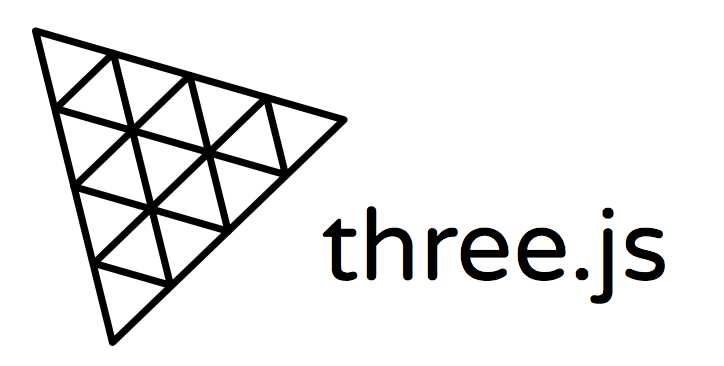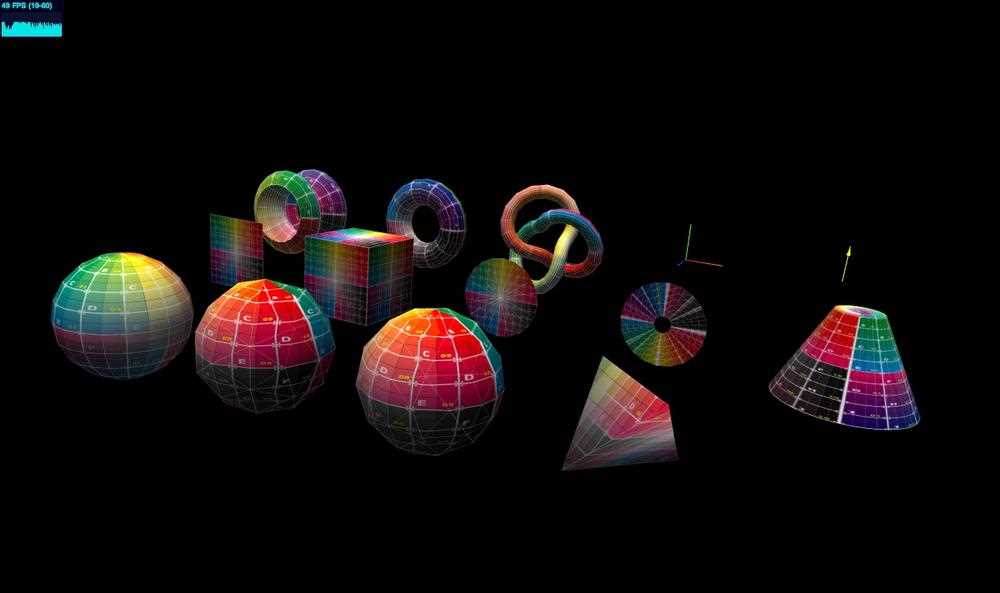
Thir. JS is a JavaScript book that allows you to create 3D computer images and display them in your Internet browser. It ensures a simple and instinctive way to create interactive and dynamic applications with the implementation of WebGL, an API for rendering 2D and 3D images.
With 3. JS you can create stunning visualizations, games, simulations, etc. Whether you create 3D product constructors, virtual reality skills, physics-based animations, thir. JS gives you the tools and workability to bring your ideas to life.
One of the most important personalities of the 3. JS is the help of meshes, which are based on objects composed of points and surfaces. These meshes can be transformed, animated and textured to create a wide range of visual effects. Still, lights, video cameras, and other objects can be added to the scene to enhance the realism of the application.
Another plus 3. JS is compared to various Internet technologies. You can, and JS integrates easily with other JavaScript libraries, frameworks, and APIs to add additional functionality to your application. Not only that, but 3. JS includes HTML5 features such as audio and video to enable a rich multimedia experience in 3D.
In this post we will discuss how to work with 3. JS and show how to create a dynamic 3D application. Topics covered include creating a scene, adding objects, using materials and textures, performing basic animation, and dealing with user interaction. At the end of this tutorial, you will have a solid foundation for creating three personal 3D applications. js.
part 1: getting started with three. js

This section introduces you to Thre. js to help ensure that you build dynamic applications. Three. js is a lightweight cross-browser library/API used to create and display animated 3D computer graphics in web browsers. It guarantees a user-friendly and efficient conclusion for creating interactive 3D skills online.
To get started, you need three things: add the js library to your personal HTML file; add the js library to your plan; and add the js library to your plan. There are several ways to incorporate it into your plan, but the more common is to implement a CDN (content delivery network). Here is an example
& amp; lt; script src = "https://cdnjs. cloudflare. com/ajax/libs/three. js/r128/three. min. js" & amp; amp; gt;& amp; lt;/ script & amp ; gt;Once you have your three. js library, you can apply its functionality to your JavaScript code. The first step is to create a scene that will serve as a container for all your 3D objects. Here is how to create a scene
const scene = new 3. scene ();.Next, we need to create a video camera to display the scene. Three. js lists all kinds of camera types, including functions and spellings. Let’s apply the possibilities in this example.
const Cam = new.The function constructor receives four parameters: view background, aspect matching, cutoff plane, and far cutoff plane. These properties define the view frustum that determines which objects are displayed in the scene.
Now that you have a scene and a video camera, you can create and add 3D objects to your scene. Three. Here’s how to create a box.
const geometry = new three. box geometry();.Once the geometry is created, we can create the fabric of the box. The fabric determines how the object will be reflected and includes color, texture, and lighting. 3. An example of Meshbasicmaterial implemented follows.
const material = new THREE.MeshBasicMaterial({ color: 0x00ff00 });Finally, the geometry and fabric can be combined to create a mesh that can be added to the scene.
const cube = new 3. mesh (geometry, material);
scene. Add (cube);.We now have a basic machine for rendering a 3D cube in a scene using the Three implementation. js. In the next section we will see how to revive objects and interact with the scene.
Leave a Comment